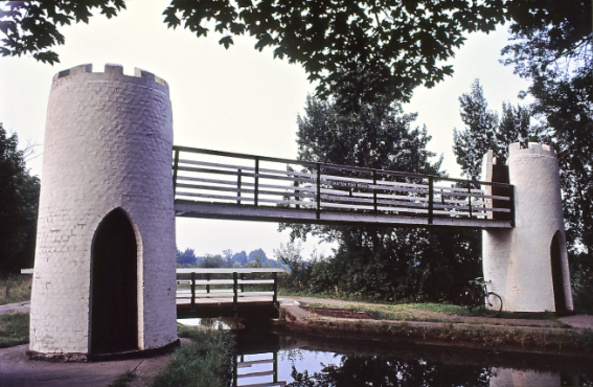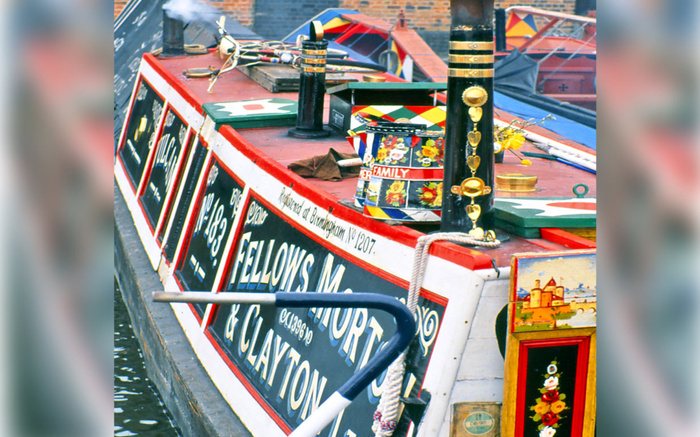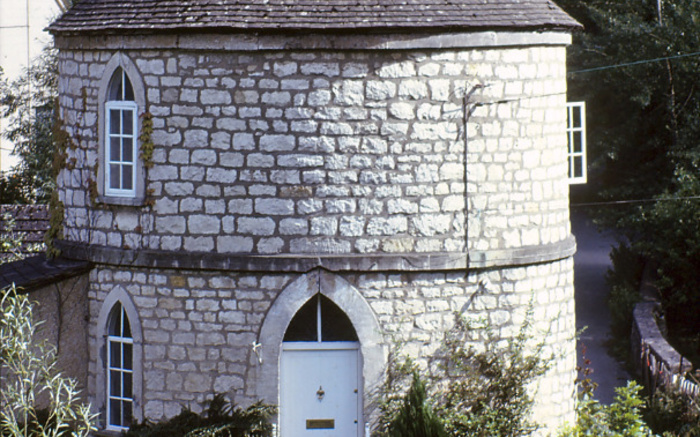Lectures
Summary of current events
- Faberge in Ukraine By Cynthia Sparke - Wed 13th November 2024
- A Dickens of a Christmas & God Bless us Everyone By Bertie Pearce - Wed 11th December 2024
- The Overshadowed By Chantal Brotherton-Ratcliffe - Wed 8th January 2025
- The History of Musicals By Jamie Hays - Wed 12th February 2025
- Salvador Dali: 20th century renaissance artist By Julia Musgrave - Wed 12th March 2025
- Monopoly By Roger Mendham - Wed 9th April 2025
- The Arts and Crafts of Kashmir By Zara Fleming - Wed 14th May 2025
- Canal History and Heritage By Roger Butler - Wed 11th June 2025
Faberge in Ukraine
Wed 13th November 2024
10:30 am and 12:30 pm
By: Cynthia Sparke
The House of Fabergé’s meteoric success saw a modest jewellery concern transformed into one of the world’s most iconic brands. By 1900, the firm had gained international recognition, stunning the press and public with its displays at L’ Exposition Universelle in Paris. At the dawn of the new century, Fabergé was poised for expansion, choosing Kiev and Odessa as outlets. We will discuss the beauty and grandeur of Ukraine’s aristocratic estates, jewels of the Crimean Peninsula, that drew the most prominent families seeking respite from Northern winters.
Cynthia Coleman Spart is a specialist in Russian works of art, and has written the book “Russian Decorative Arts” about these and their historical context.
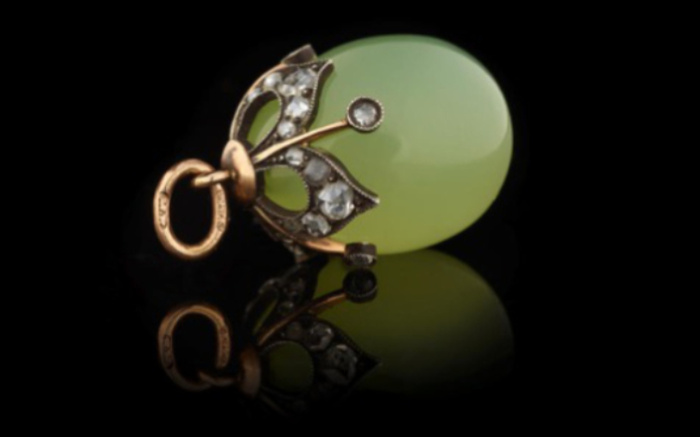
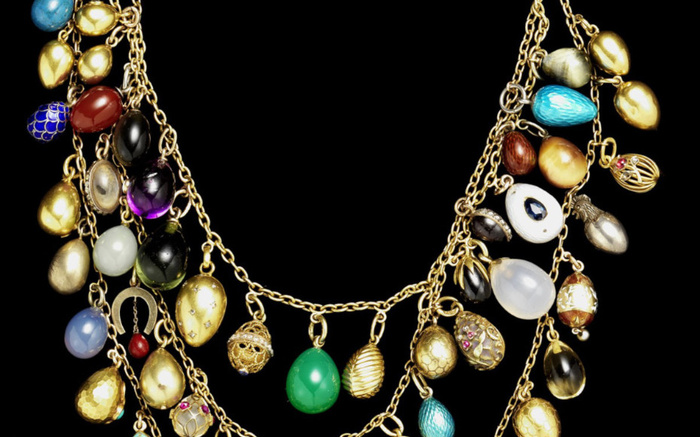
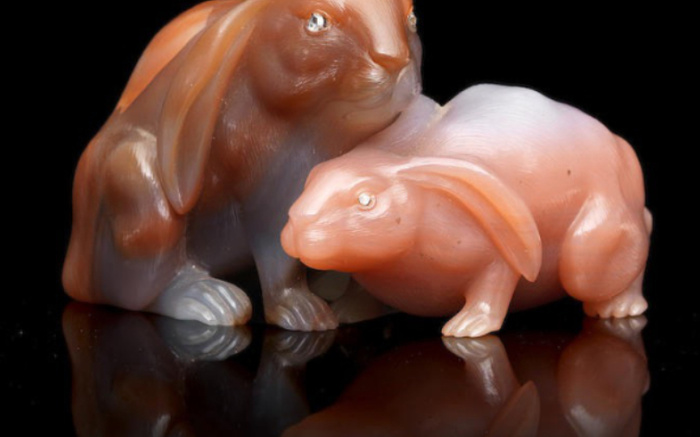
A Dickens of a Christmas & God Bless us Everyone
Wed 11th December 2024
10:30 am and 12:30 pm
By: Bertie Pearce
Charles Dickens has often been proclaimed as “The Man Who Invented Christmas” and indeed on hearing that Dickens had died, a cockney barrow-girl said: “Dickens dead? Then will Father Christmas die too?” Dickens revived the Christmas traditions with his warm portrayal of Christmas in the domestic setting; with plum pudding, piping hot turkey, games, dancing and family cheer by the hearth. Although he celebrated Christmas in numerous works it is his enduring master piece, ‘A Christmas Carol’ published on 19th December 1843 which immortalises the spirit of Christmas Cheer.
Bertie Pearce describes himself as an entertainer bringing wonder and laughter. As well as being an Arts Society lecturer, he is a member of the Inner Magic Circle.
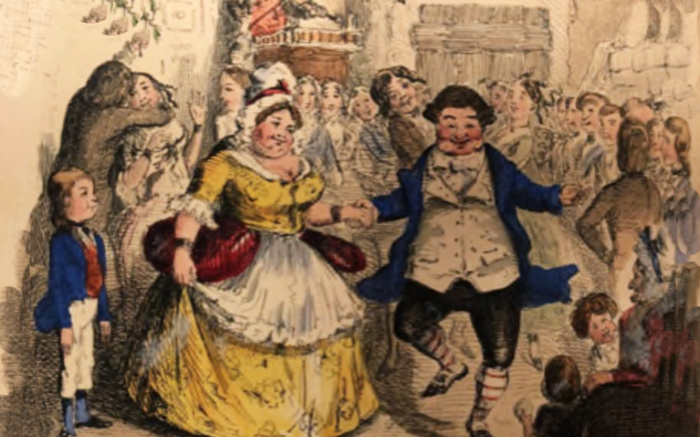
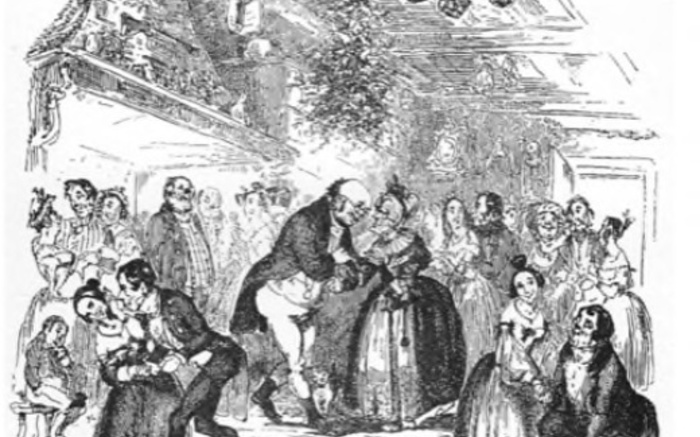
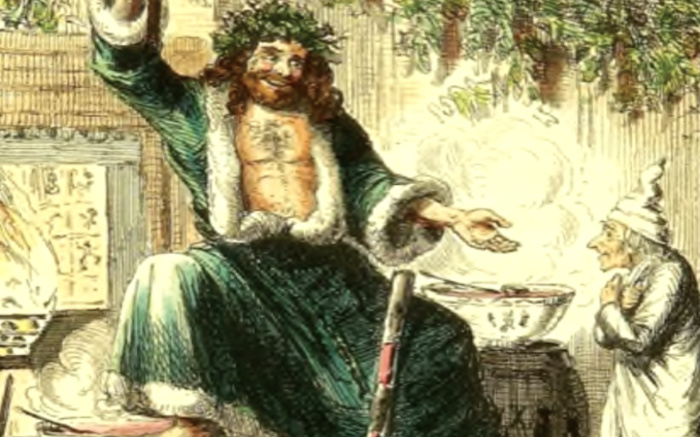
The Overshadowed
Wed 8th January 2025
10:30 am and 12:30 pm
By: Chantal Brotherton-Ratcliffe
Have you had this experience? You go to a gallery or an exhibition and are stopped dead by an unknown picture: you look at the label and find you have never heard of the artist. How does it come about that there can be such wonderful painters of whom we have never heard? This lecture will consider some of the many reasons for a good artist’s obscurity, from the brevity of his life to the misfortune of his being born and working in the shadow of a larger reputation, such as Leonardo or Rembrandt. But above all it is an excuse to spend an hour gorging on beautiful paintings, finding hidden treasures.
Chantal has an MA in History of Art from Edinburgh, a PhD from the Warburg Institute, London University. With 40 years' experience as a lecturer, she has taught at Sotheby's Institute of Art on Fine and Decorative Arts since 1989, and as a freelance lecturer for a number of societies and institutions in London, including the National Gallery and the Wallace Collection. Having also trained as a paintings conservator, she brings an understanding of the making and the physical painting to her lectures and study sessions.
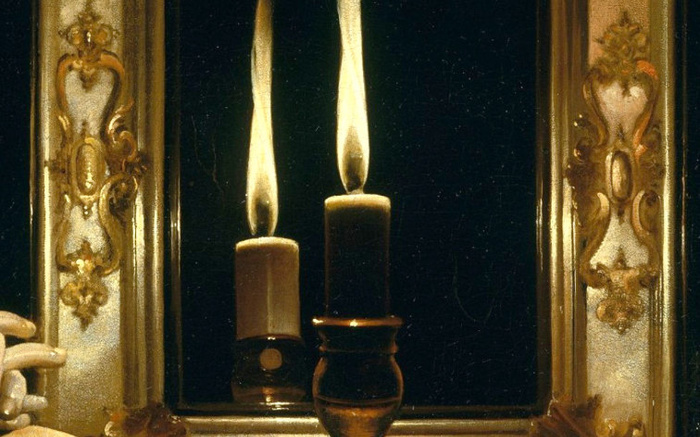
The History of Musicals
Wed 12th February 2025
10:30 am and 12:30 pm
By: Jamie Hays
A talk which examines the journey of the musical, from its almost accidental beginnings of The Black Crook of 150 years ago through to the modern phenomenon which is Hamilton. This illustrated lecture will highlight the great musical productions which have graced London’s West End and Broadway and focuses upon the game changing moments of both composers and productions. From Jerome Kern to Lin-Manuel Miranda, every great musical has its own story; from page to stage. Enjoy the great music, the great stories and the dynamic theatricality of their finest moments.
Jamie was Associate Director on the original production of the hit musical Miss Saigon in the West End and on Broadway. He was Director of Productions for British Youth Opera for over a decade, a company devoted to promoting the talents of our finest young opera singers in the UK.

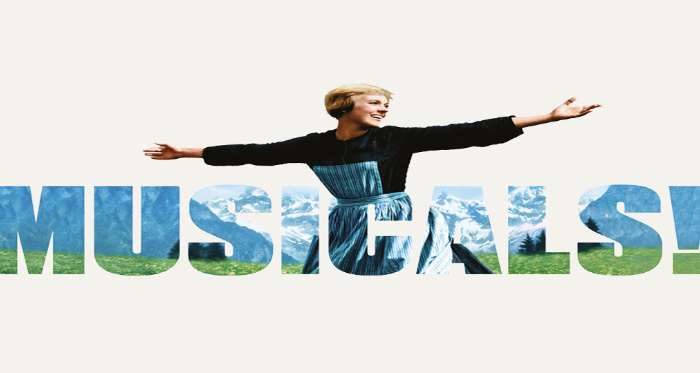
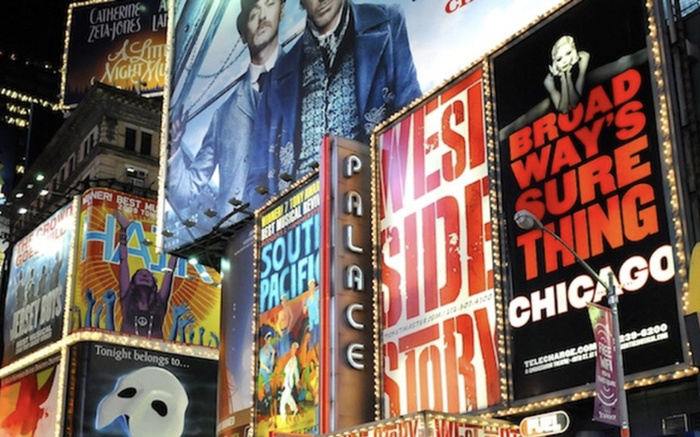
Salvador Dali: 20th century renaissance artist
Wed 12th March 2025
10:30 am and 12:30 pm
By: Julia Musgrave
‘The secret of my influence has always been that it remained secret’ – Like the Renaissance artists he admired, Salvador Dalí did not restrict his creative output to painting but was also a writer, poet, engraver, sculptor, architect, photographer, theatre designer, and jewellery designer. As well as designing the last of these, Dalí selected the materials to be used, focusing not just on the colours or the value of the material, but also on their symbolic meanings. Jewels such as ‘El cor reial’ (1953, The Royal Heart) have become iconic works and are considered to be as exceptional as his paintings.
Julia Musgrave got her first degree in Chemical Engineering and went on to become a Chartered Information Systems Engineer and IT project manager. In 2008 she decided that life was too short for just one career and decided to become an art historian. She now has a Graduate Diploma in the History of Art from the Courtauld Institute of Art and an MLitt in ‘Art, Style and Design: Renaissance to Modernism, c.1450 – c.1930’ from the University of Glasgow. She gained her Ph.D. at the University of York for her research into the involvement of Roger Fry, the Bloomsbury Group, and the social networks of the British art world in the development of the Contemporary Art Society from 1910 to 1939. She lectures in Art History at the City Literary Institute and is co-director of the London Art Salon.
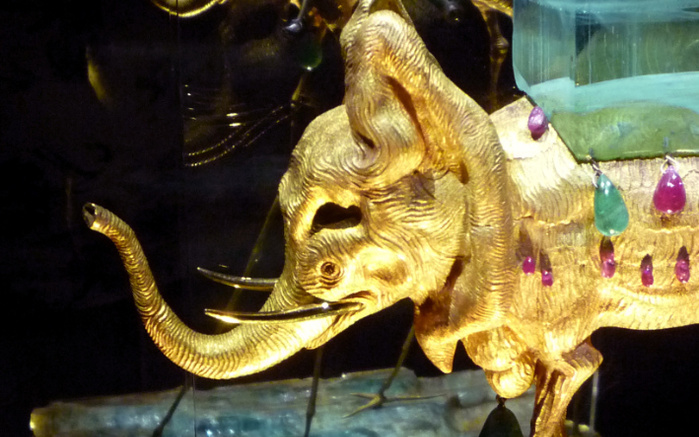
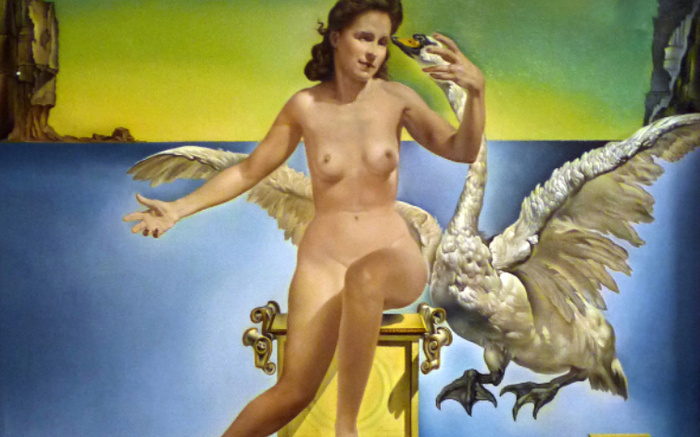
Monopoly
Wed 9th April 2025
10:30 am and 12:30 pm
By: Roger Mendham
Almost everyone has played Monopoly at some time in their life. It is one of the world’s most popular and enduring board games. But, how well do you really know it? This talk starts with the original Landlord’s Game of 1903 and its evolution into the game as we know it today. Based on the classic 1936 London version we then take a photographic journey around the locations on that Monopoly board. Expect some surprises as we explore the relationships between the various properties, look at the ones that don’t actually exist and uncover the story behind the game we all know so well - or do we?
A keen and accomplished photographer Roger has gained Distinctions from the Royal Photographic Society and is currently the President of the Surrey Photographic Association. His artistic taste is predominantly 20th century and he is particularly interested in the visual aspects of art. He has studied the evolution of photography from its earliest days in the early 1800s to becoming a major art form in the late 20th and now 21st centuries. An experienced public speaker, his talks are all richly illustrated with both his own and images from some of the leading photographers in history.
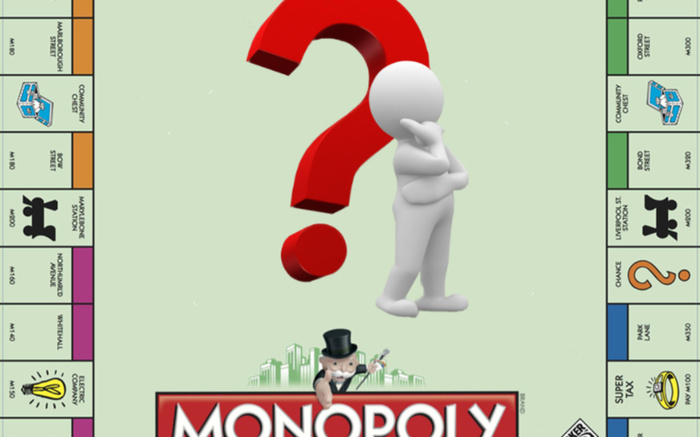
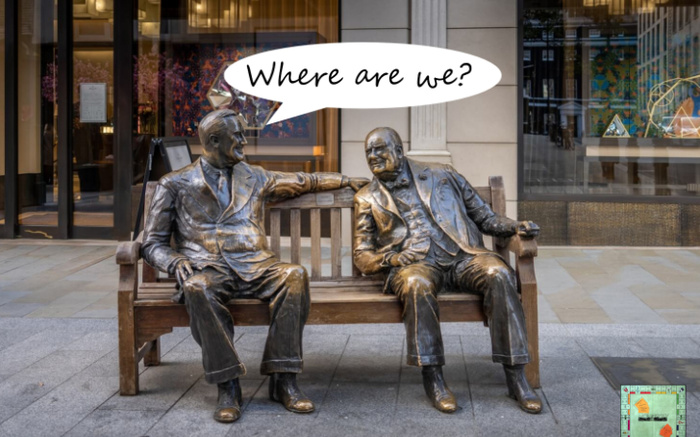
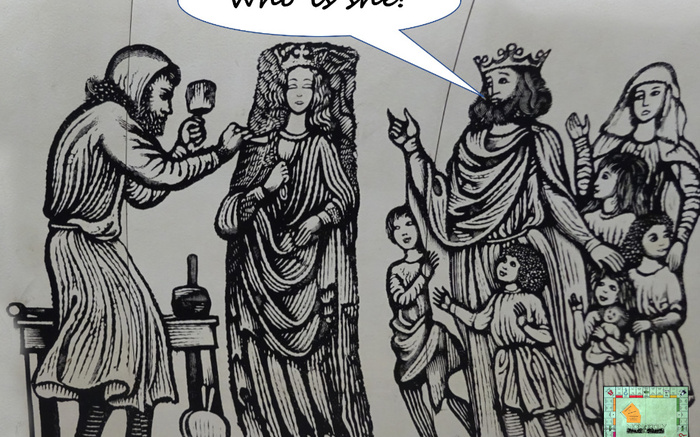
The Arts and Crafts of Kashmir
Wed 14th May 2025
10:30 am and 12:30 pm
By: Zara Fleming
For many people, Kashmir conjures up a beautiful valley surrounded by the snow-capped peaks of the Himalayas, for others it is a land of conflict. But what is less well known is that it has been of historic artistic importance for nearly 2000 years. This lecture introduces the astonishing diversity of arts and crafts produced in this tiny area, influenced by Buddhist, Hindu and Islamic cultures. It explores Buddhist sculptures, Hindu temples, great Islamic gardens, paintings, calligraphy, Moghul carpets and Kashmir shawls. Despite its troubled history, Kashmir has fostered a unique environment of artistic diversity and religious co-existence.
Zara Fleming is an independent art consultant, tour guide, and exhibition curator with specialist knowledge of Buddhist art. She focusses on the art and culture of Tibet and the Himalayas. Early in her career she was at the V & A Tibetan, Himalayan and Burmese collections. Since then she has travelled extensively in these areas.
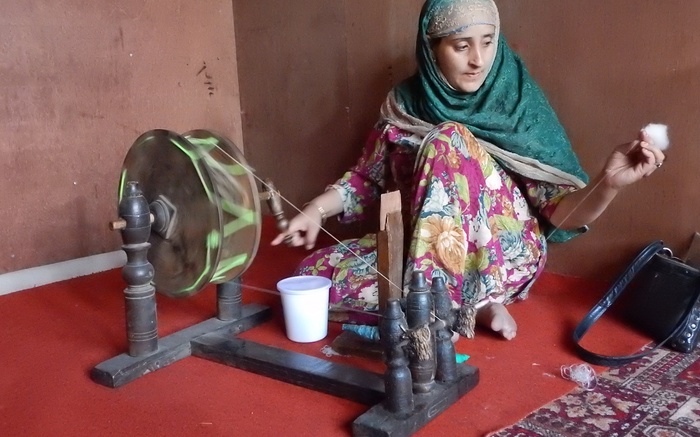
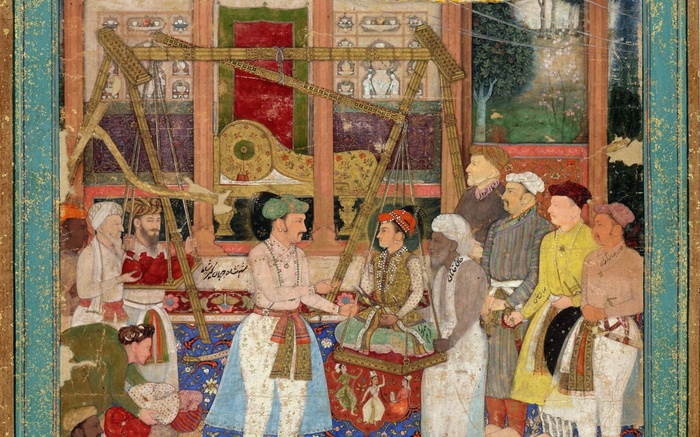
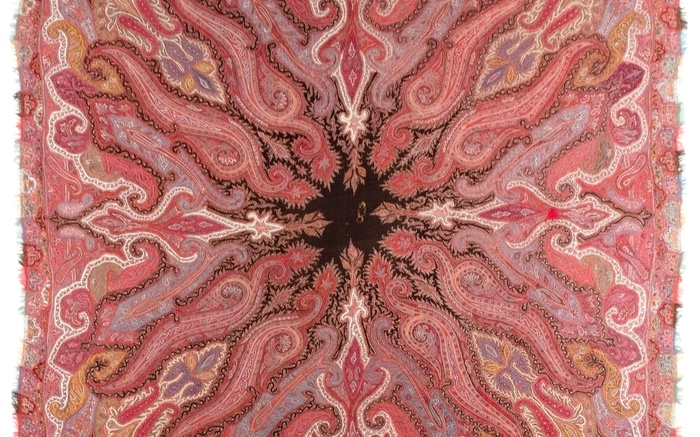
Canal History and Heritage
Wed 11th June 2025
10:30 am and 12:30 pm
By: Roger Butler
A colouful introduction to the secret world of our 2000-mile inland waterway network which looks at all aspects of the exceptional artistic, architectural and engineering vernacular. This lecture provides a colourful introduction to the secret world of our 2000-mile inland waterway network and looks at all aspects of their exceptional artistic, architectural and engineering vernacular. Features range from sweeping aqueducts to tiny bollards; from colourful historic narrowboats to 'Roses and Castles' artwork; from grand World Heritage Sites to quirky listed buildings. A well-known architectural historian once described our canals as a 'poor man's art gallery'.
The speaker is a specialist in canal history, a Fellow of the Royal Geographical Society and a Licentiate of the Royal Photographic Society.
|
This lecture |
